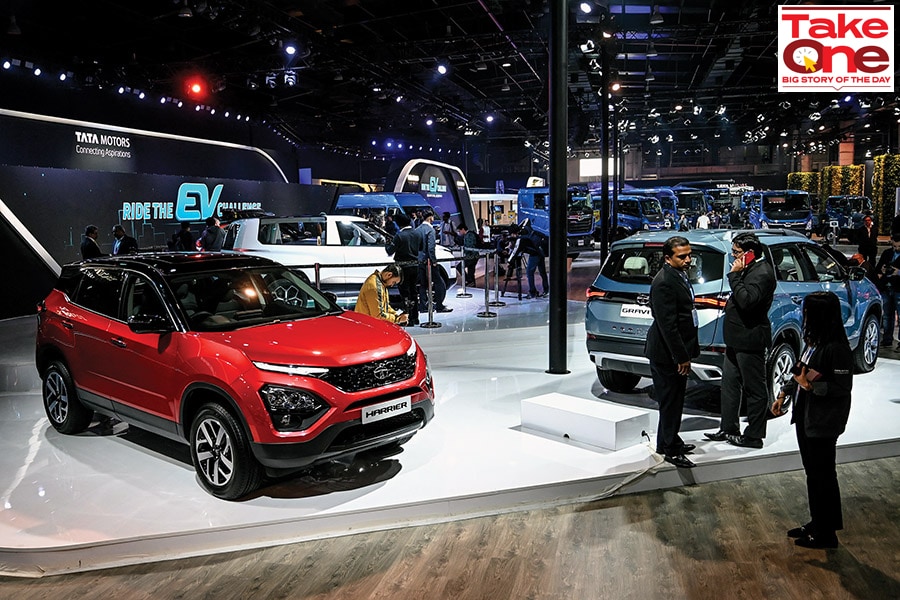
Tata Motors is on a roll. Can anything stop it?
Tata Motors has become the country's second-largest carmaker following a slew of recent launches, and revival of the EV fleet segment
 The Nexon, which launched in 2017, the Harrier in 2019, and the Altroz in January 2020, contribute to over 60 percent of company sales
The Nexon, which launched in 2017, the Harrier in 2019, and the Altroz in January 2020, contribute to over 60 percent of company sales
Tata Motors is on a roll. Months after it set up a subsidiary that has become India’s most valuable EV (electric vehicle) company, the automaker has raced past Hyundai Motors to become India’s second-largest carmaker. In December 2021, Tata Motors sold as many as 35,300 units of vehicles, up from 23,545 units a year ago. In contrast, Hyundai sold 32,312 units during the same period.
Between October and December, Tata Motors sold 99,002 units of passenger vehicles (PV), up by almost 45 percent from the year-ago period.
“Tata Motors’ PV business growth journey continued and set several new milestones during the quarter despite witnessing a shortfall in production due to the ongoing semiconductor crisis,” Shailesh Chandra, president of the PV business, said in a statement. “Decade-high quarterly and monthly sales were recorded. In addition, the company also posted calendar year (CY21) sales of 331,178 units, the highest since the inception of the PV business.”
The phenomenal rise to the second-highest automaker comes at a time when Tata Motors has a backlog of some 100,000 vehicles after supplies were affected due to a global shortage of semiconductors. India’s automobile industry is grappling with a shortage of semiconductors, and has a backlog of over 600,000 vehicles for delivery. Semiconductors are critical components that are used in vehicles for numerous features, including navigation, infotainment and traction control, among others.
In October, the company, despite challenges, had also launched the Tata Punch, a small SUV, as it looks to capitalise on the boom in the Indian SUV market.
(This story appears in the 30 November, -0001 issue of Forbes India. To visit our Archives, click here.)








